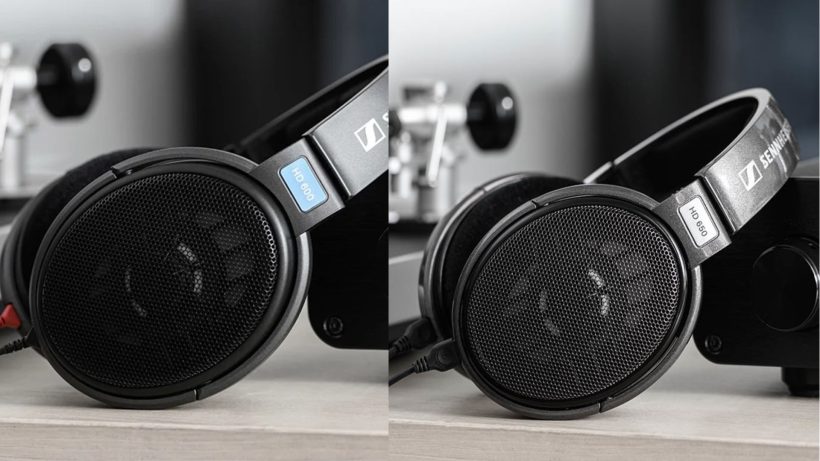This is an in-depth side by side comparison of the Sennheiser HD600 and HD650 headphones, particularly on the sound performance and interesting aspects of both headphones. The writer is the editor-in-chief of bassheadspeakers
The Sennheiser HD600 and HD650 are both part of the renowned HD 600-series, which is highly regarded in the audiophile community for its exceptional sound quality and accuracy. The HD600 and HD650 have been considered by many as the standard for reference audio performance although both headphones are virtually identical in design and build quality with a few subtle differences.
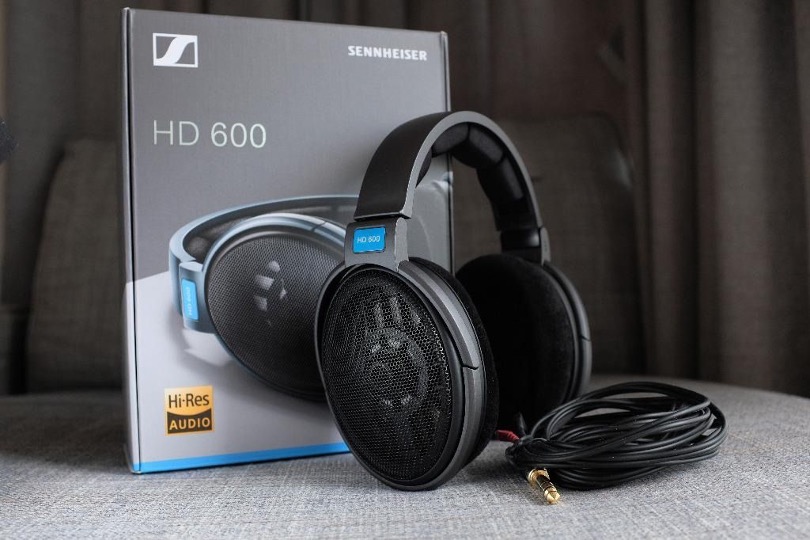
First impressions
Both the Sennheiser HD600 and HD650 are actually virtually identical in build with very subtle differences. The HD650s are slightly more comfortable and assert less clamping force as compared to the HD600s, but they come with virtually the same headband and have a moulded hard plastic shell with steel exteriors and generous velour padding. One of the things that we liked about both headphones is that they are completely modular which makes it very easy to replace individual parts in the event of wear and tear (this can greatly prolong the life of the headphone) – such as the headband, pads and headphone drivers which you can order from Sennheiser.
The only major difference between both headphones is the cable with the HD600s having a functional and relatively basic cable while the HD650s feels more robust and has better build quality. In terms of comfort, both headphones feel relatively the same except that the HD600s have slightly more clamping force. In reality, this can vary from headphone to headphone depending on how seasoned the headband is; comfort-wise we would say that both headphones are almost the same. Both headphones are also relatively lightweight (both are 260 grams without cable) and feel very comfortable while worn on the head.
I find that you can plug both the HD600s and the HD650s into a laptop 3.5mm auxiliary (using the 3.5mm auxiliary connector) and it will sound just fine, although I would definitely prefer to get a portable DAC amp just to boost up the sound performance. The FiiO K7 Desktop DAC and amplifier is my favorite go-to amp as it provides really good gain while preserving the natural characteristics and sound quality of both headphones. Just keep this in mind if you want more gain with your headphones to appreciate the details in the music.
Now for a quick comparison in the specs of both headphones…
Comparing the Specs
| Specification | Sennheiser HD600 | Sennheiser HD650 |
| Frequency Response | 12 Hz – 40,500 Hz | 10 Hz – 41,000 Hz |
| Impedance | 300 Ω | 300 Ω |
| Sound Pressure Level (SPL) | 97 dB (1 V) | 103 dB (1 V) |
| Total Harmonic Distortion (THD) | <0.1% | < 0.05 % (1 kHz, 1 V) |
| Weight | 260 g (9.17 oz) without cable | 260 g (without Cable) |
| Transducer Principle | Open, dynamic | Open-back dynamic headphones |
| Cable Length | 3 m | 3 m (detachable connecting cable made from highly conductive OFC copper) |
| Connector | 3.5mm with 6.3 mm adapter included | 3.5mm with 6.3 mm adapter included |
Both the HD600 and HD650 are high-impedance headphones designed for audiophile-grade listening with an open-back design that contributes to their spacious soundstage. The HD650 is known to offer a slightly warmer sound with more bass presence compared to the more neutral sound profile of the HD600. The HD650 shows a slight improvement in frequency response and lower total harmonic distortion, delivering a slightly clearer and more accurate sound that feels balanced. Both models are open and dynamic headphones with really good build quality – both support 3.5mm and come with a 6.3mm adapter if required for amplification.
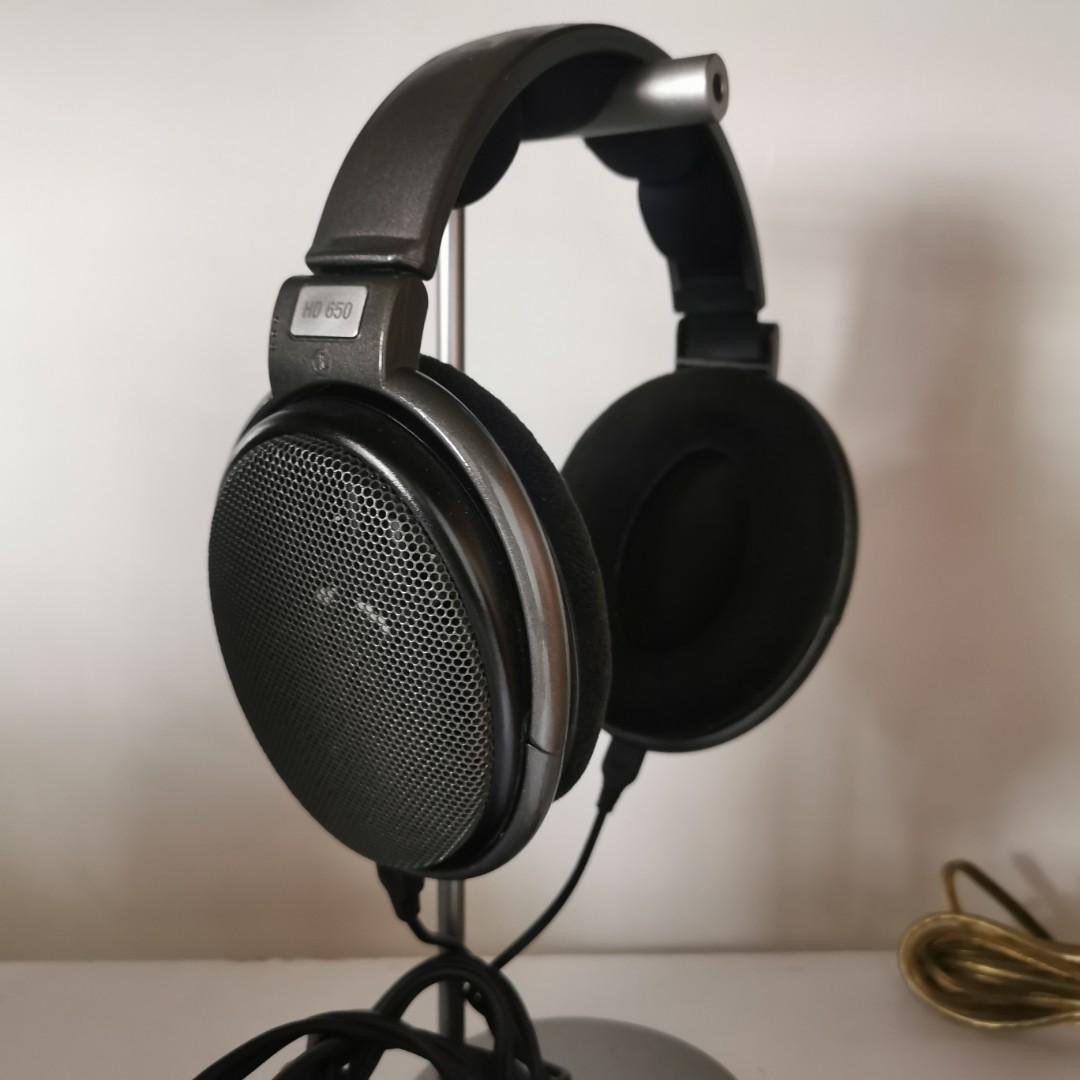
Sound Performance
To my ears, the HD600 has always provided a relatively neutral tonality that feels extremely true-to-source, with present mids, and highly-articulated highs, making it an excellent choice if you are looking for more analytical sound signature. The one thing that sticks out with the HD600 is the treble ranges which feel forward and crisp; this makes the upper frequency ranges stand out on the HD600 and sound brighter as compared to the HD650s. If you like to listen to instruments such as piano or guitar, you will hear every single detail in the instruments as though you are were listening live – there are no pretensions or coloration – they sound just like how they actually sound in real life. It has a pretty neutral sound signature without emphasizing the bass ranges (like the HD650s do), and they are very good at being more realistic and airy in their sound signature. If you like an open-air feel with plenty of detail and an emphasis on the highs, the HD600s will perform really well.
One more point I should mention is that the HD600s sounds better when it comes to female vocals – they shine much better with the HD600s and sound brighter and more “real”. You can hear subtle details in the vocals such as the breathing of the vocalist or subtle pauses and they sound much more forward especially if you amp the headphones. Because of the tuning of the HD600s it sounds quite airy without being too peaky with plenty of treble details without sounding too harsh or “in your face” type of brightness.
On the other hand, the HD650 delivers tonally-rich vocals and provides a smoother and more relaxed treble range with a more laid-back and musical listening experience. They sound relatively similar the HD600s with one caveat – they sound darker and more bass-heavy with less air (by a fraction). This is not to say that the HD650s are not airy, they just sound a tad less airy than the HD600s but have slightly more bass and a more noticeably low-end. The sound on the HD650s sounds slightly softer especially if you play Lo-Fi music through these headphones – the bass has more rounded depth and the highs do not stick out like the HD600 headphones.
Playing Tony Bennett’s “Fly me to the moon” on both the HD650s and the HD600s, I couldn’t help but notice that both headphones have such a similar sound signature that feels almost too close to tell apart. Vocals sound spectacular on both headphones, and while the HD650s feel brighter in terms of vocals, the HD600s have a kind of elegance and softness in the treble ranges that I really like together with slightly warmer bass. Wearing both headphones and listening to them, you feel as though you are magically transported into the audience and you suddenly find yourself clapping and laughing together with the audience as the performance goes on (audiophiles will know what I mean). It’s a magical moment when you realize how spacious and tender both headphones feel to your ears.
While the HD600s handle female vocals really well with bright tonal ranges, the HD650s conversely handle male vocals with a slightly deeper and smoother presentation. The HD650s may sound slightly deeper, but the HD600 headphones conveys the artist’s voice slightly better with crisp timbre ranges. While there is some contrast between both headphones in terms of female vocals (with the HD600s sounding more bright), this is really depending on the audio recording. Sometimes the HD650s perform better than the HD600s with just a little more hint of contrast for female vocals, but the HD600s also performs better if you are listening to vocal soundtracks by Adele with a sweet tonal brightness.
To be fair, it’s really difficult to decide a winner here because the tonal differences and contrast between both headphones are so subtle. Both headphones have their own strengths and they sound better for different kinds of recordings and soundtracks, with the HD600s focusing more on female vocals and the HD650s having more sonic presence of male vocals and deeper bass tones. Although most people seem to think that the HD650s have more bass, the differences are actually quite subtle and not as easily noticeable in the upper midrange frequencies. While the HD600s appear brighter and airer on first impression, the HD650s bring additional contrast to some music soundtracks when the recording is more neutral or on the brighter side without accentuating the highs like the HD600s do.
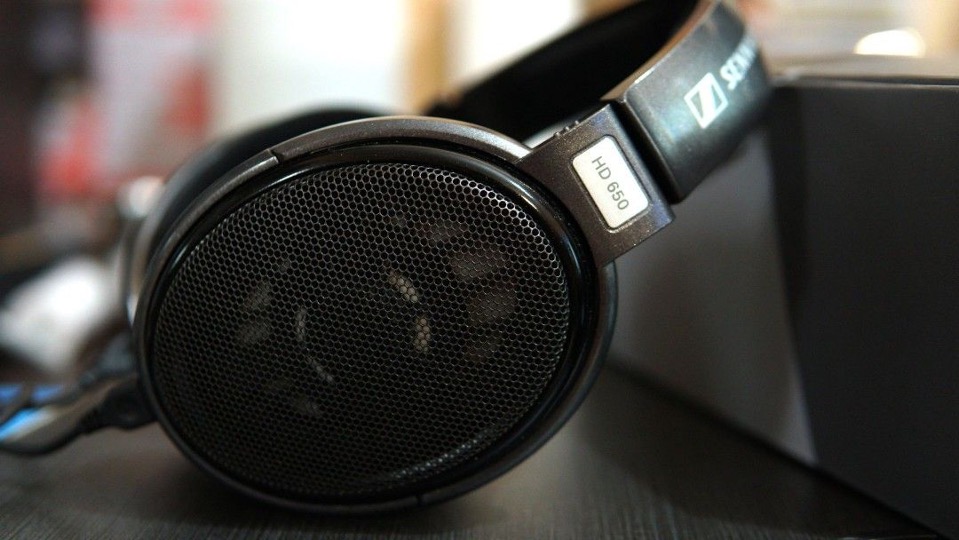
Comparing the Specs
In terms of specifications, both headphones share a 300-ohm impedance and open-back design which provides a spacious and natural soundstage. The HD650s have a slightly wider frequency range of 10 Hz to 41 kHz as compared to the HD600s but in practice the difference is so miniscule that you would not notice a huge difference in the bass or the highs. The HD650s can get slightly louder with 103 SPL as compared to the HD600s 97 SPL, although we highly recommend amping both headphones to get better gain and soundstage especially if you want to run through high quality instrumental soundtracks.
In terms of comfort, we would say that both headphones are virtually the same as they offer the same design and build quality. While the HD650s exert somewhat less clamping force as the HD600s, I did find that this is heavily dependent on headphone usage as the newer the headphone the more clamping force the headband exerts (it starts to loosen up after a period of time and listening). Both headphones come with comfortable padding and generous ear padding that feels very comfortable and airy on the ears – there’s not really much of a difference between both headphones that are worth mentioning as they are virtually identical. The HD600s are still superb headphones though, and the build quality and construction is virtually similar to the HD650s.
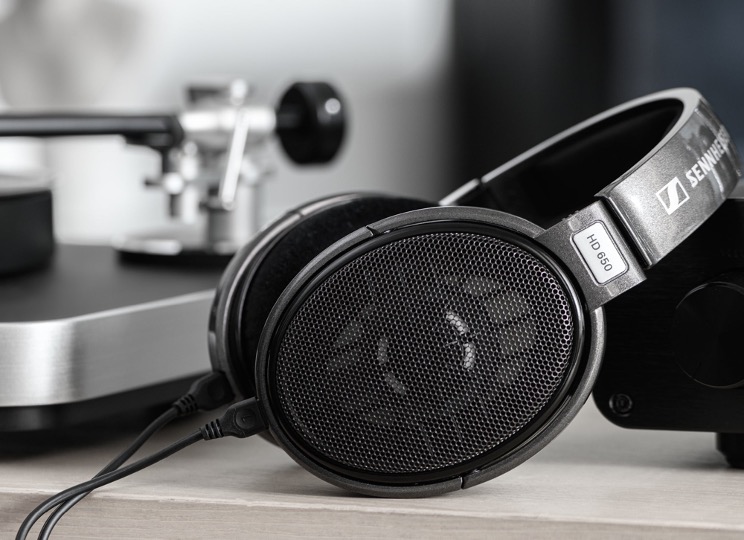
The Verdict?
Both headphones have stood the test of time and remain among the best Sennheiser headphones to get for their open soundstage. The choice between the two ultimately comes down the type of sound signature that you want (i.e., brighter female vocals on the HD600s and a darker sound signature on the HD650s) – although if we had to choose, we would pick both and enjoy the subtle differences that both headphones have to offer. Whether you prefer the more analytical and detailed sound of the HD600 or the laid-back and musical sound of the HD650, both headphones deliver a fantastic listening experience and have cemented their places as classics in the Sennheiser line of audiophile headphones.
I would personally enjoy the differences in sound contrast between both headphones. I like the brightness of the HD600s and also thoroughly enjoy the way the HD650s accentuates the lower-end while sounding natural and realistic. Both headphones are headphones with very minor differences that you should enjoy listening to and test different instrument and live jazz performances with.
Having said that, if I had to choose between either one of them, I would pick the HD650s as I tend to listen to darker soundtracks with an emphasis on the lows and bass. The HD650s have slightly better contrast than the HD600s in this regard which makes music soundtracks a tad more interesting to listen to, and brings out the tonality and vibrancy in the music which allows you to enjoy it in a unique way rather than having a plain analytical sound signature – which makes things a little more interesting. You won’t go wrong with either of these headphones, but my personal preference would be for the HD650s.

